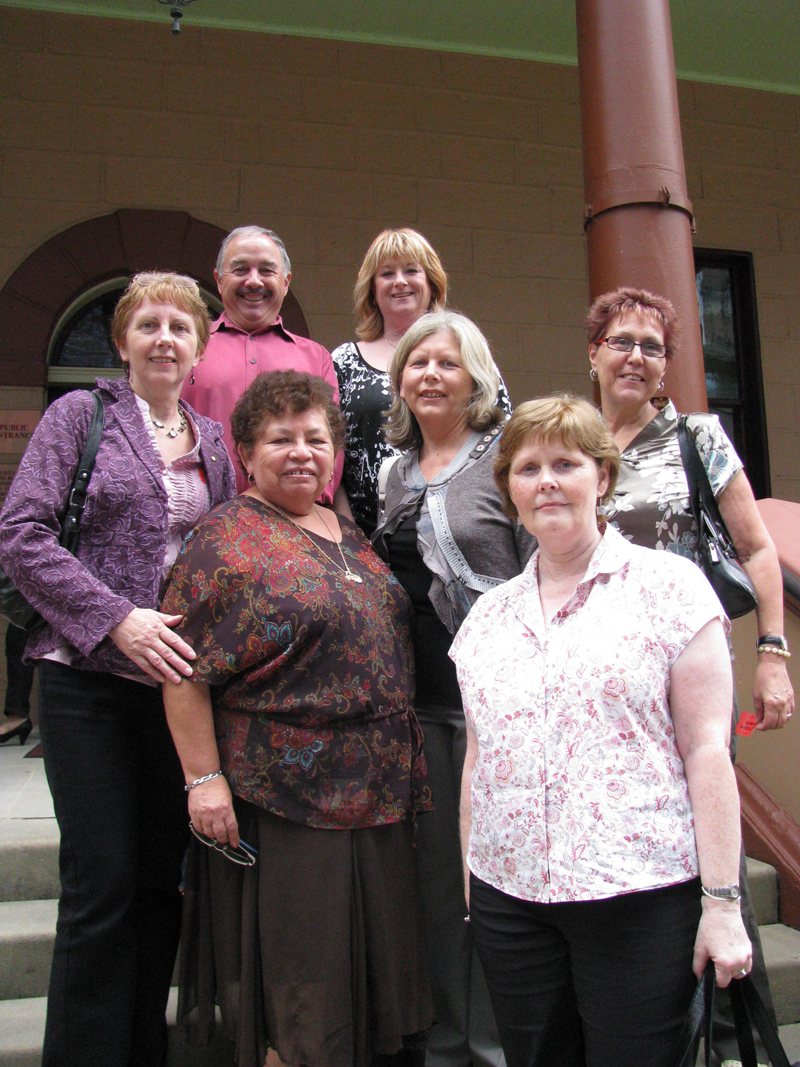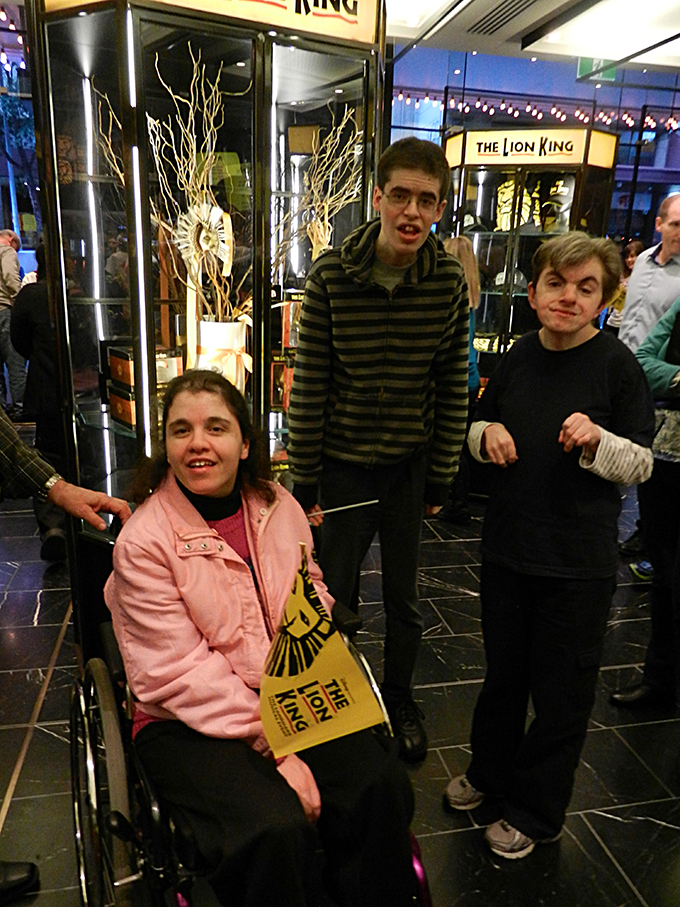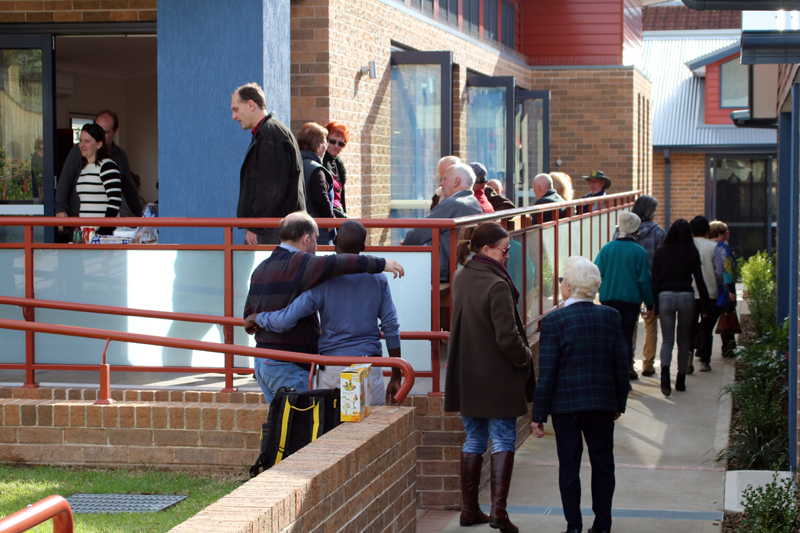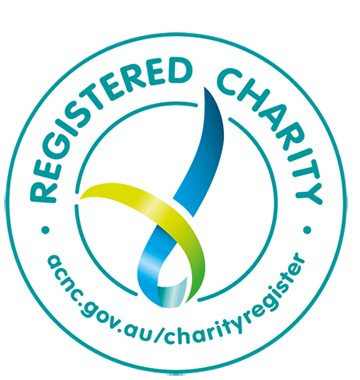

The Home Model
RASAID - a place where all are welcome and all relationships are honoured and respected.
Evolution of The RASAID MODEL - Residential Cluster
Our story began with ageing parents needing to secure a stable, happy future for their sons and daughters. Inevitably the time comes when the next generation has to step up. We acknowledge the siblings who have also contributed to the planning, and for their on-going support.
The Aim
We wanted our sons and daughters to live in the community that they know, close to their families, their day or work programs, their recreational pursuits and everything familiar to them. What they were telling us was that more than anything they wanted to be with their friends, and their friends are that group of people who have a disability similar to their own. We were able to contribute to their transition out of the family home and we have significant input in their new lives. Our sons and daughters have been included in everything that we have done for decades, but it is not inclusion in the wider community that is as important to them as inclusion in a group of like people. In this they are no different from the rest of us.
We witnessed the fate of people with intellectual disability ageing and being sent to nursing homes. Their service providers decided they were too expensive or too difficult to continue to stay in their homes. Sadly, they all deteriorated very quickly in this new environment not geared towards intellectual disability. We needed the RASAID model to be a whole of life home where residents could 'age in place'. The advent of the NDIS funding model should enable this to happen, and we have made allowances in the bricks and mortar to accommodate this.
It is our hope that this model will be emulated by other groups and that eventually every suburb and large country town will have such a development for the local people with an intellectual disability.
The Philosophy
RASAID's clustered residential model allows each of its residents to have their own private space and easy access to their friends. We developed purpose-built houses congregated together which meets the needs of all residents. When one considers that our people will probably not have a family of their own or a rewarding career, it is easy to see why a social life assumes a high priority in their lives. But often, their disability makes it impossible for them to access their friends - they may be unable to use a telephone, a computer or drive a car. People with an intellectual disability are often as lonely and isolated living in group homes or living alone in a home unit as they are when living with their ageing parents. The RASAID model allows the residents to visit each other when desired and this occurs on a regular basis. Residents share some outings with friends who have common interests. Sometimes those friends are fellow residents and sometimes they are friends from other social circles. The residents are also able to invite their family and friends to visit in their home.
A vital part of the success of this model is having our own transport. This need is often disregarded by bureaucrats and service providers as it can be very expensive or just 'too hard' to manage. Because RASAID is an Incorporated Association we are able to fundraise and apply for community grants to meet this pressing need. With support from staff the 15 residents are able to attend their day placements and work, medical appointments, go shopping, on outings and visiting family and friends.
Our model is an attempt to best meet the needs of our people and to thereby show the way forward in an industry that is hamstrung by rhetoric and the pursuit of a single philosophy. We are not pretending to speak for other than our family members, but we do believe that our model is the one preferred by most parents of people with an intellectual disability.
The Buildings
When planning the homes every family nominated exactly what their son or daughter preferred: whether they wanted to live alone or share, and with how many others. During this process it became apparent that a separate, large, space was needed for social gatherings. No one home should be so disrupted by large gatherings on social occasions like birthdays and Christmas. There also needed to be space for staff to carry out administrative duties. If we had our time over we would allow more room for this, and also more room for storage.
Special features of the buildings:
- Platinum standard building codes which, among other things, allow for wheelchair access to all areas.
- We found Platinum standards to be problematic because of being completely focussed on physical needs which did not apply to the majority of our residents.
- Those who need hoists have them built in - for bedrooms, bathrooms and for part of the common area. But only those who need them have them. Hoists can easily be installed in all areas of the site should they be necessary in the future.
- The 6 single units can easily be converted to 3 double units should the needs of the residents be greater in the future. Doorways can be built in the hallway between each pair of units where the brick work is designed to be removed without affecting the rest of the wall.
- All buildings are of double brick construction which is good for temperature and sound insulation.
- A maximum of two people to share a bathroom. There are only 3 shared bathrooms on the site.
- There is a staff sleepover room with ensuite.
Administration
- RASAID was granted funding from both the State and Federal Governments to build this innovative model of disability housing as a pilot.
- The cluster was designed by RASAID families - both site and building designs.
- The property is owned by a social housing organisation and carries Ministerial caveats.
- The accommodation service provider was chosen by the RASAID families.
- RASAID has developed appropriate Governance supported by our Constitution.
- RASAID has the right to occupy the property for 99 years with options.
- RASAID carries the right and responsibility of vacancy management.
- Residents in the single units hold standard leases.
- Residents in shared accommodation hold occupation agreements.
- Residents pay rent to the property owner according to standard rates.
- Residents pay for utilities - water, gas and electricity.
- Residents pay for food and other essentials.
I live with my friends and the staff are there whenever I need them.





